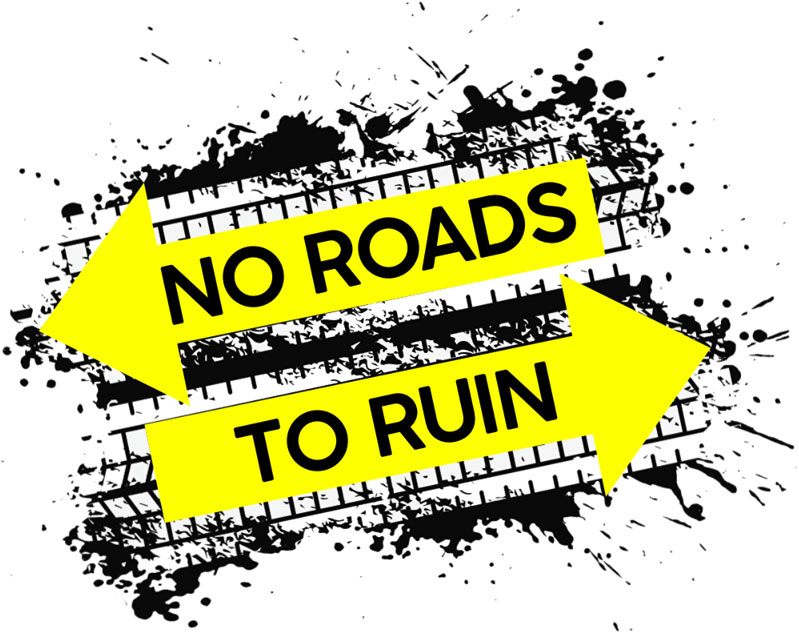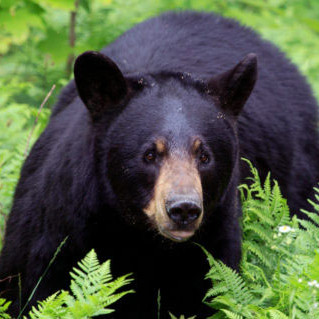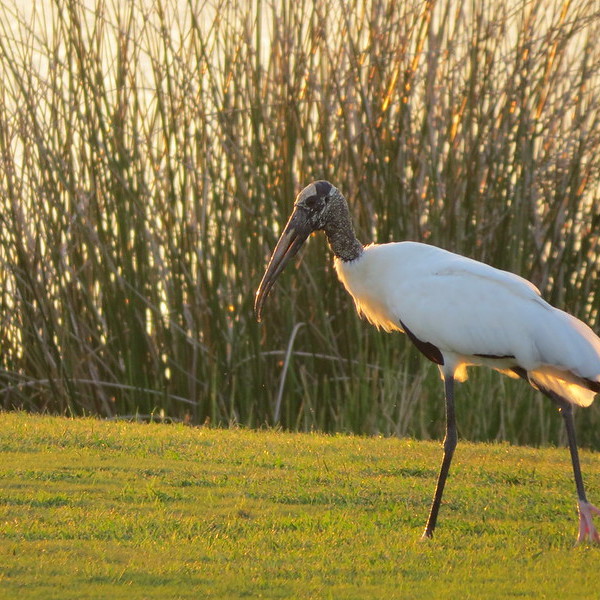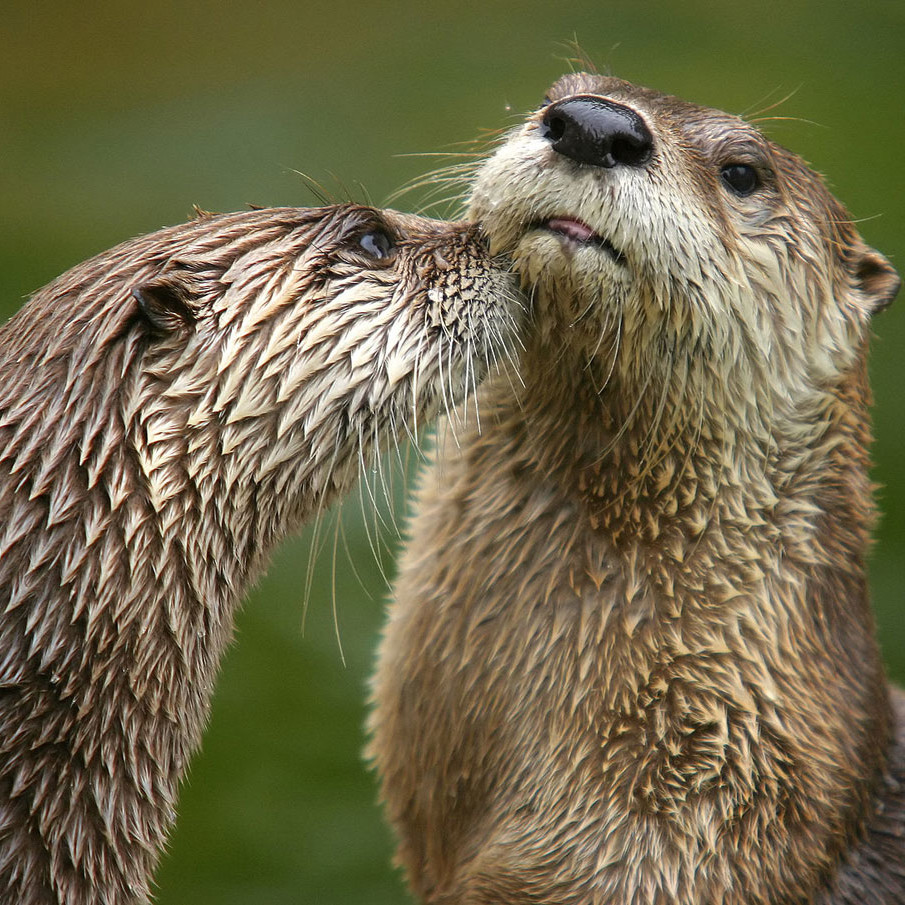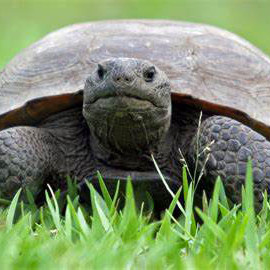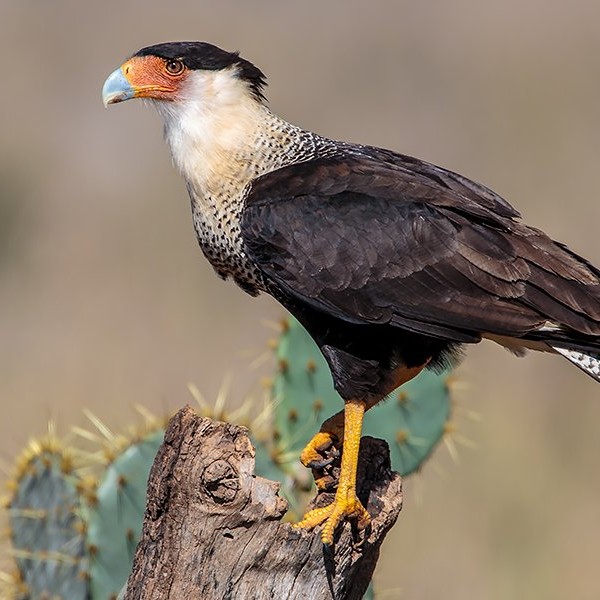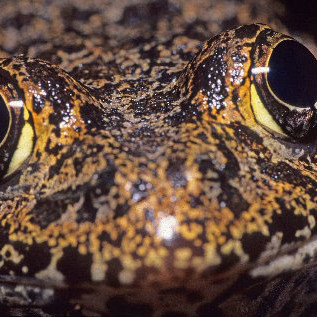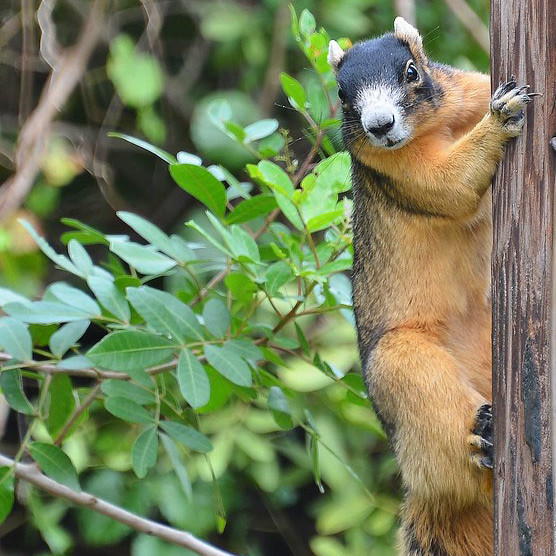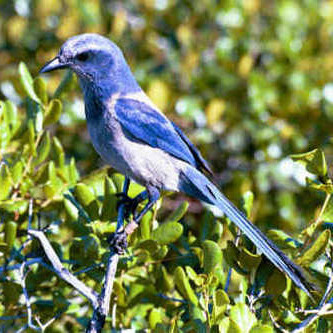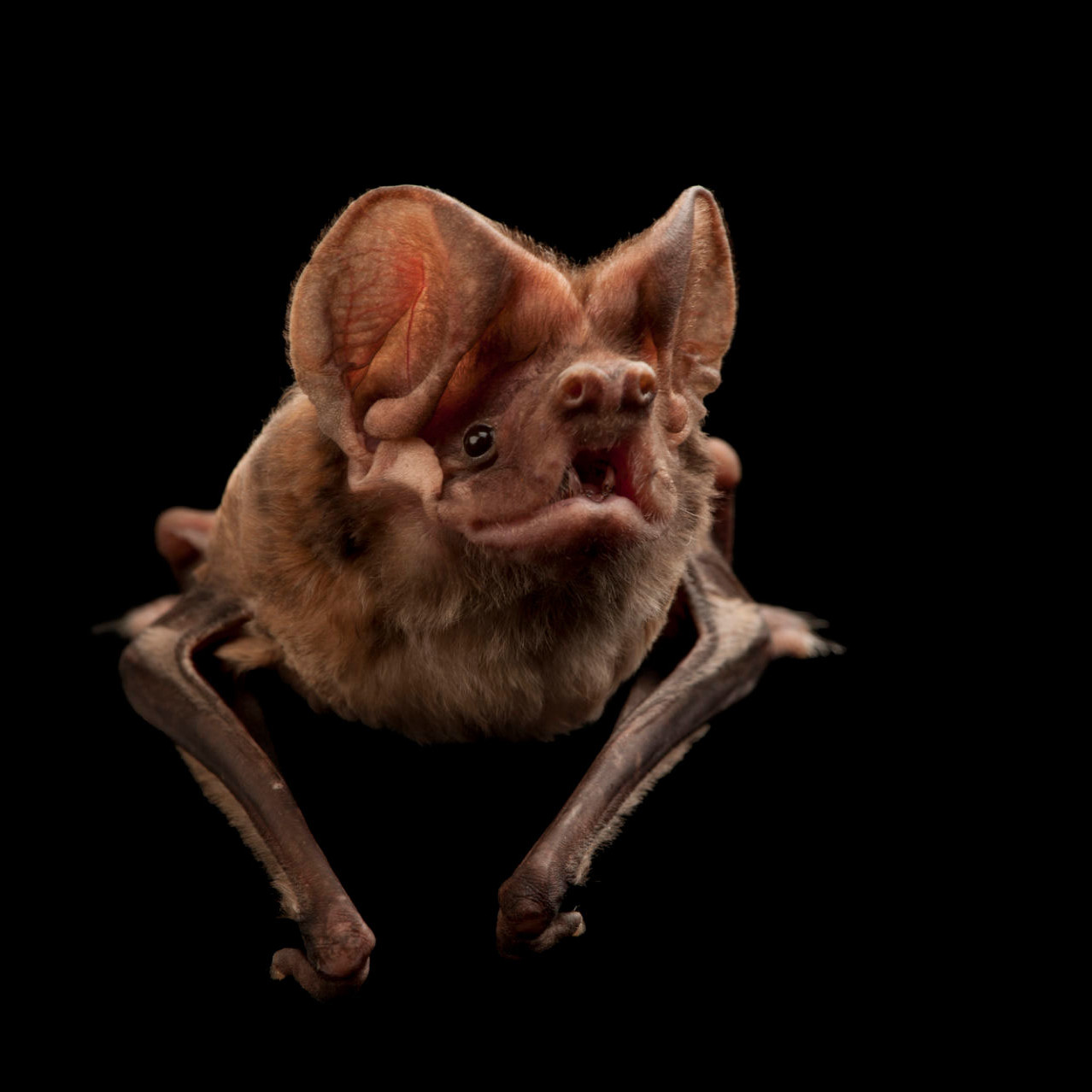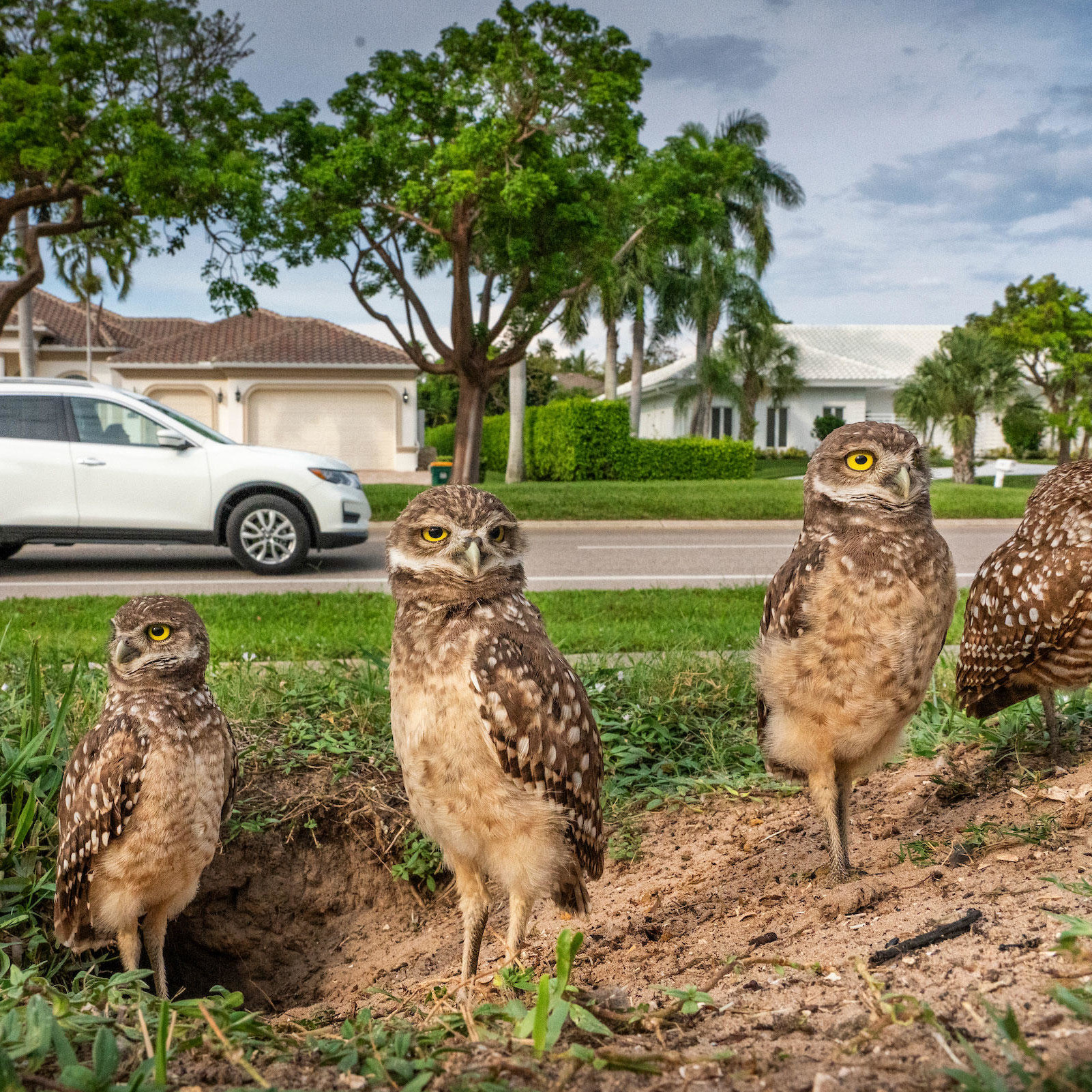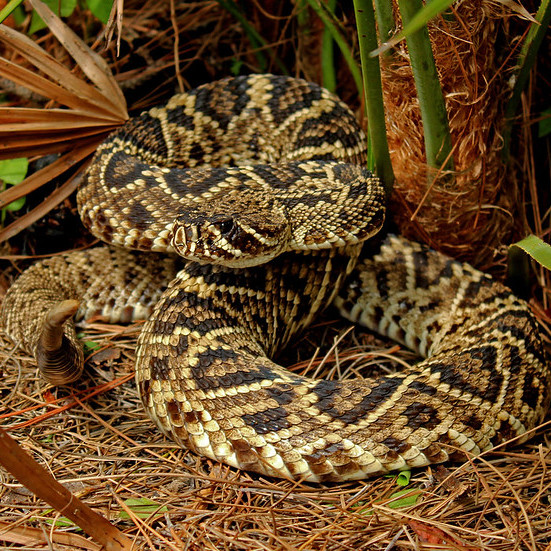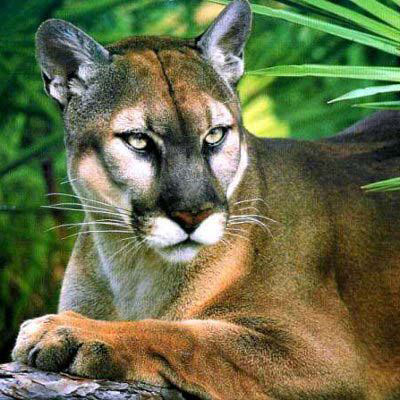Bad for Our Wildlife
Florida is a wild place, where you can encounter a Crested Caracara, a bobcat, a bear, or even an iconic panther. These creatures roam to find food and mates ,depending on a patchwork of connected public and private lands. This includes federal, state, and local parks; working agricultural landscapes; conservation easements on private lands; and mitigation banks.
This mosaic of landscapes comprising natural areas and agricultural lands winds its way throughout the state providing the connectivity needed for migratory flows for the wildlife populations. These are some of the last remaining lands in which the wild Florida—the real Florida in all its wonder and mystery—can still be encountered.

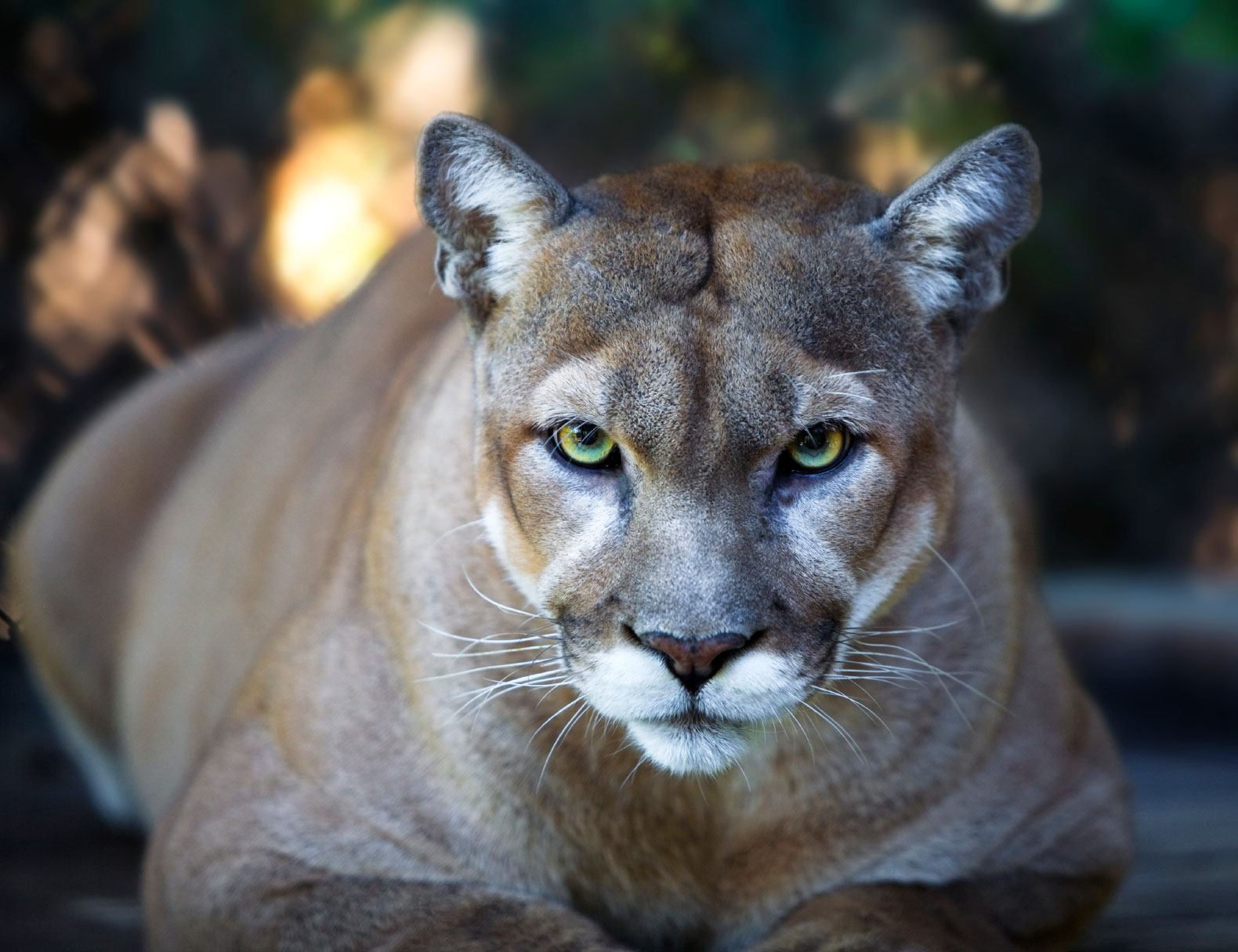
But these lands and the creatures that inhabit them are quickly vanishing. New roads fragment wildlife habitat and deter wildlife from traversing the landscape in natural ways. These toll roads will slice through some of the best remaining natural and agricultural areas, permanently severing connectivity within many of the state’s greenways, including the Florida Wildlife Corridor. This Corridor provides habitat for a variety of endangered, threatened, and species of special concern. Coupled with the future development and sprawl these toll roads will inevitably invoke, the proposed toll roads could decimate many of Florida’s already endangered and vulnerable species.
New roads and expanded development will escalate the likelihood of vehicle/animal mortality. Our wildlife cannot afford further fragmentation or the dangers that come with increased traffic and development.
While the Florida Panther is not the only threatened or endangered species that would be impacted by these proposed toll roads, the panther is an umbrella species, meaning that by protecting panthers and the habitat that they rely upon, other species will be protected.
